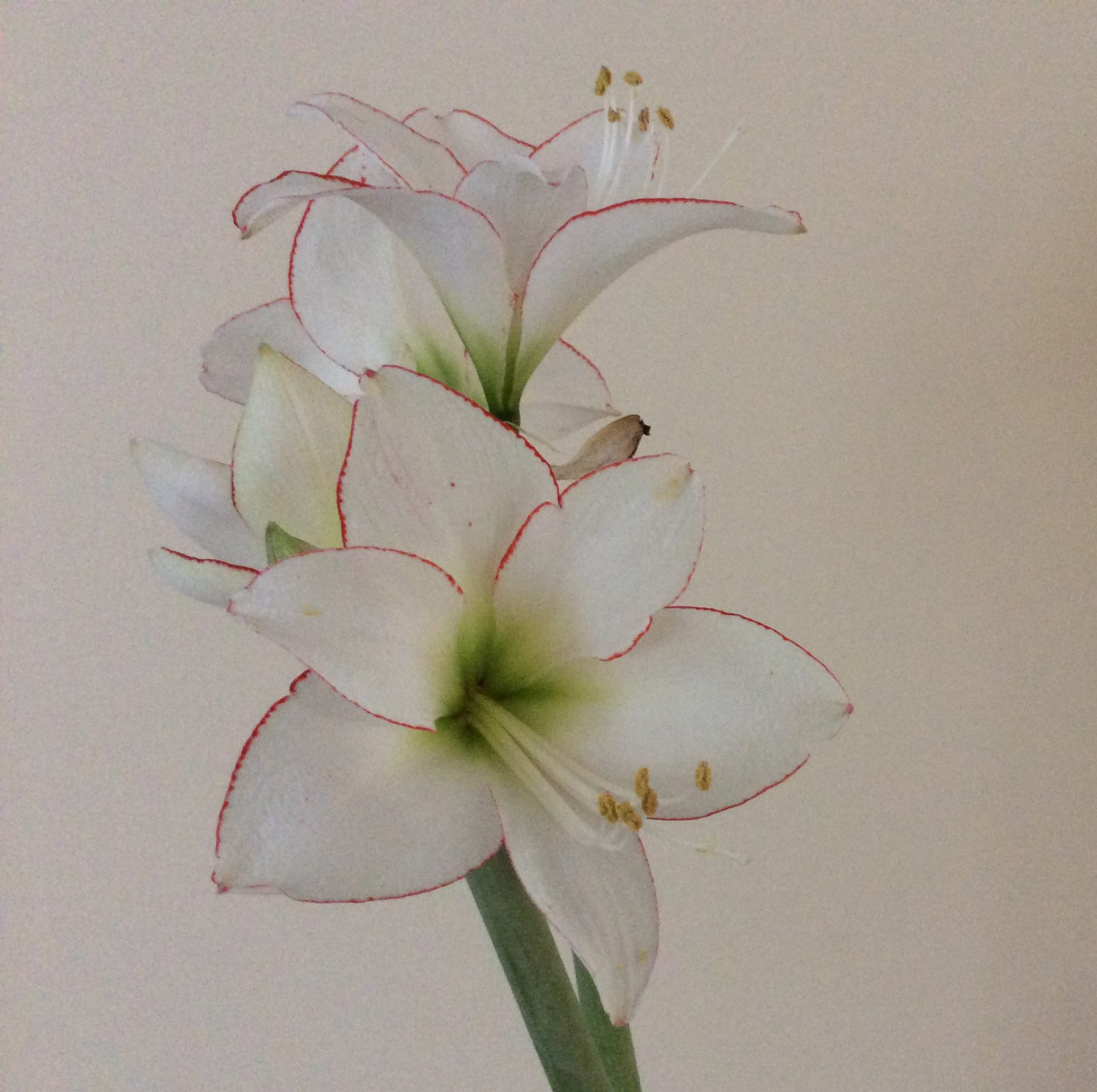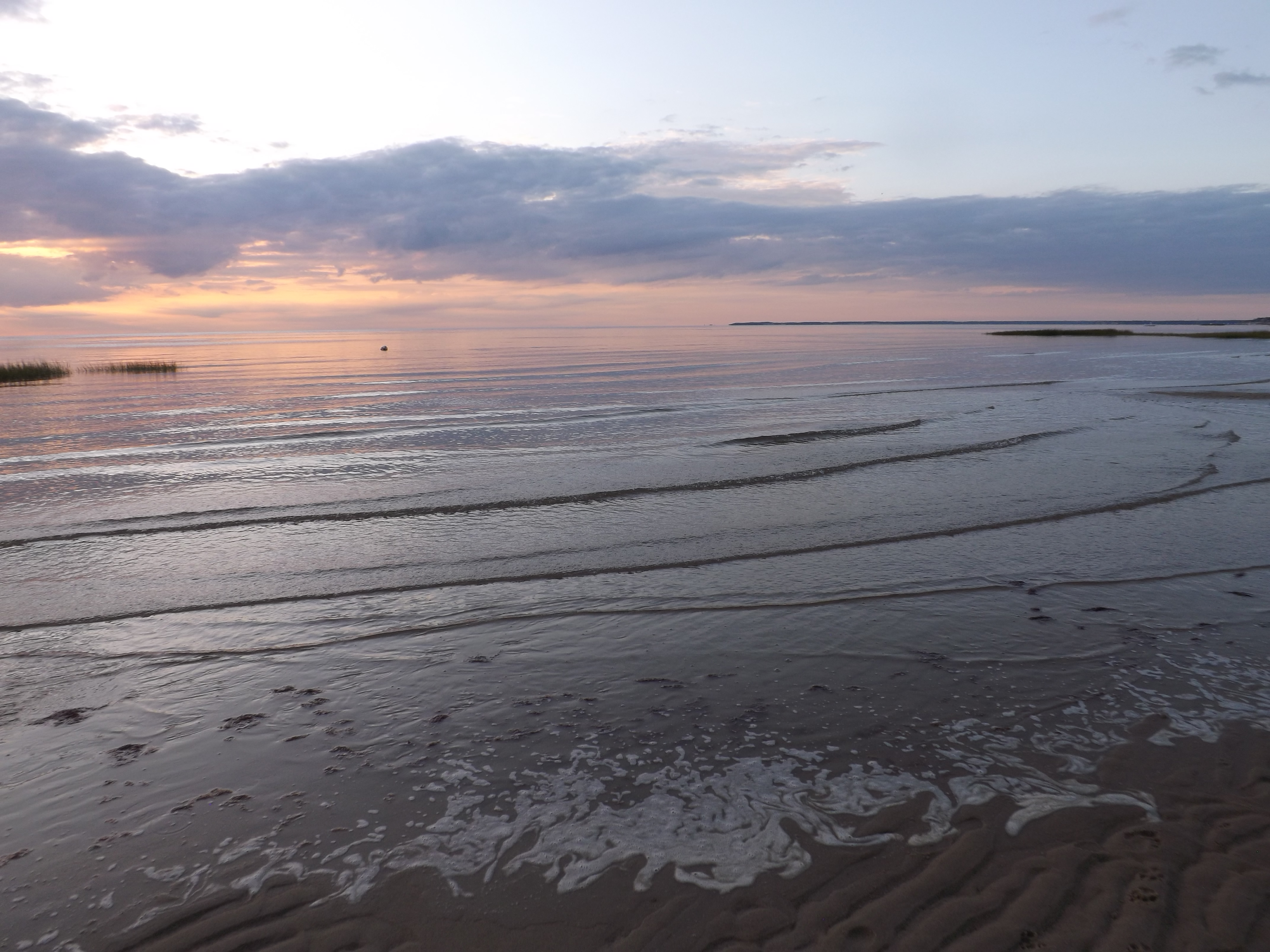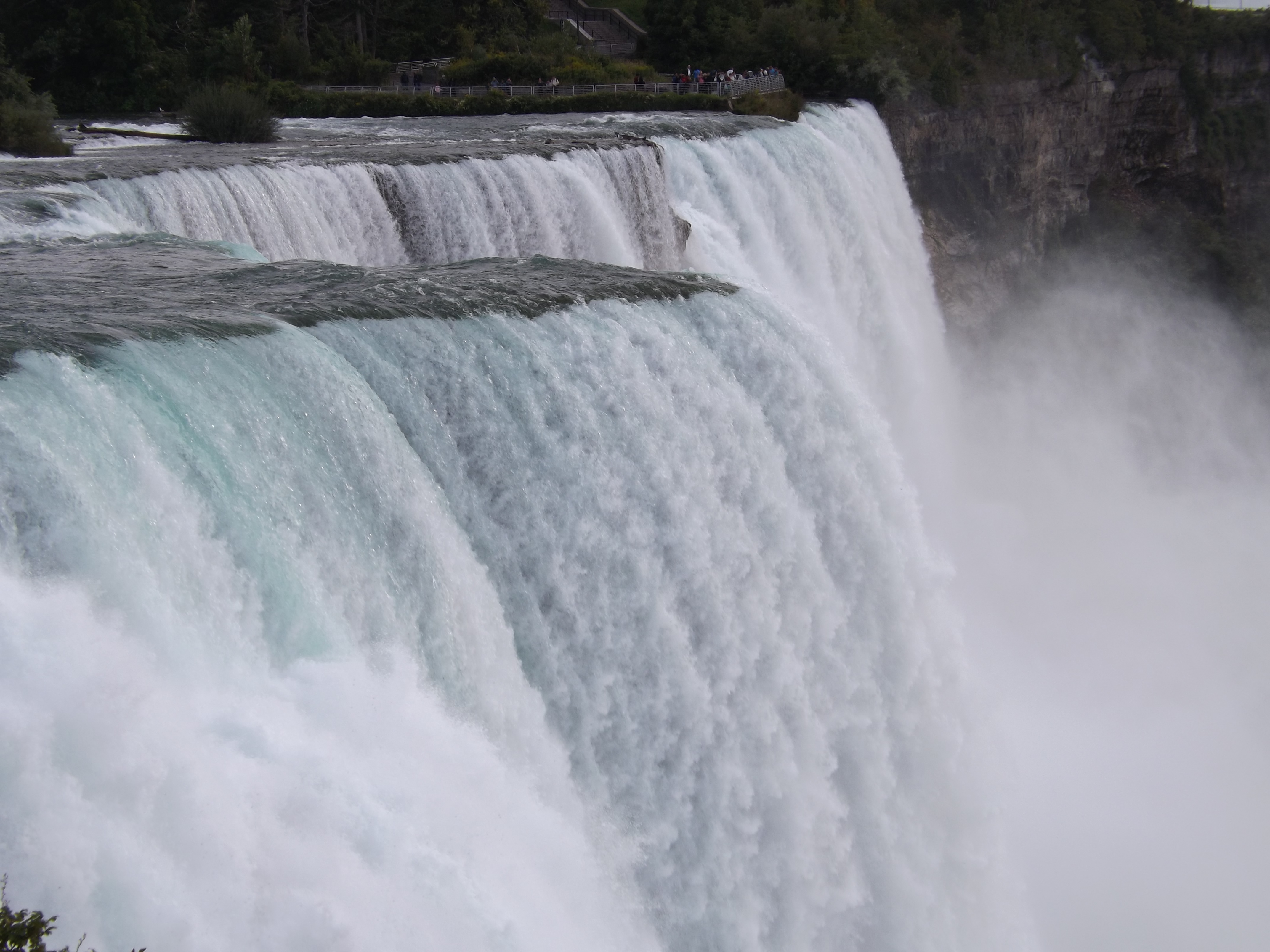When we feel stuck and can’t figure out the next step, what are we to do? Is there such a thing as getting unstuck, and how do we go about it?
Let’s join Paul and Pablo as they explore the surprising nature of our mental blocks and the simple understanding that dissolves them.
Paul and Pablo are in the garden again. They’re done cleaning the chairs and are enjoying an unseasonably mild afternoon playing a game of Uno. Pablo’s just won the first round, and while Paul shuffles the deck for their next game, his son sits back in his chair and takes in the trees and their bare branches with a few buds showing here and there.
“Dad,” he starts, “if we didn’t know it’s normal for trees to lose their leaves, we would think they’re dead, right?”
Pablo’s question brings Paul back to the previous afternoon. He was busy designing a new logo, and ran into a problem when he tried to customize it. If he changed the format of the wording, the picture got cropped instead, and when he restored the photograph to its original size, the text disappeared. After a few unsuccessful attempts, Paul gave up: “I’m too old for this crap. It’s too technical. I can’t figure it out.” And as he always did when faced with tech issues, he called Etienne, his next door neighbor’s son. Etienne got to work on his computer at home, patiently walking Paul through what he was doing. To Paul’s surprise, Etienne’s way of going about resolving the issue was pretty much the same as his, a few minutes before. The difference was that, instead of thinking it was too hard or that he was no good at it, Etienne persevered, trying one thing after another, until the problem was solved.
He didn’t stop because the branches of inspiration were bare. He didn’t think it was too hard or pointless. He kept going, because he instinctively knew that spring — in this case another step — would appear. And it did. And he got the job done.
Paul, on the other hand, bought into the illusion that the trees were dead and forgot about spring. He took his lack of results very seriously and as a sign that he would not be able to fix the problem no matter how hard he tried.
“Dad, I think you’ve shuffled the deck long enough!” Pablo’s impatience startles Paul back to the cards in his hands.
“You’re right, Pablo,” answers Paul. “I’m sorry, I was thinking about what you said. I think people often believe the trees are dead. They forget it looks that way because it’s winter.”
“What do you mean, Dad?” asks our curious Pablo.
“You see Pablo, whether in winter or summer, trees go on growing. They don’t get stuck. They don’t give up. They don’t stop living because, for a while, there’re no leaves on their branches. We forget it’s the same with us. It’s not because we run out of ideas for a while that there won’t be more later on. It’s not because what we try doesn’t work that we won’t get inspiration for something new at some point.
“It’s like if babies decided, when they first start walking, that standing —and moving— on their own two feet was too hard, and they gave up. This is too much people, I’ll crawl for the rest of my life! Imagine! There would not be many humans walking the earth.
“We don’t get stuck because of problems or lack of ideas. We just forget it’s winter. We forget it’s temporary, and we turn it into a big problem, we…”
“Dad,” cuts off Pablo, “you’re right, wow, we’re like trees! We are unstuckable!”
Getting stuck looks very real when we forget that everything in life comes in cycles. Even when, like trees in winter, we feel bare and stagnant, we are still developing and moving forward. When we remember this simple truth, feeling stuck stops being a problem, and our mental blocks dissolve like snow in the spring sun.




 Maryse Godet Copans © 2017
Maryse Godet Copans © 2017